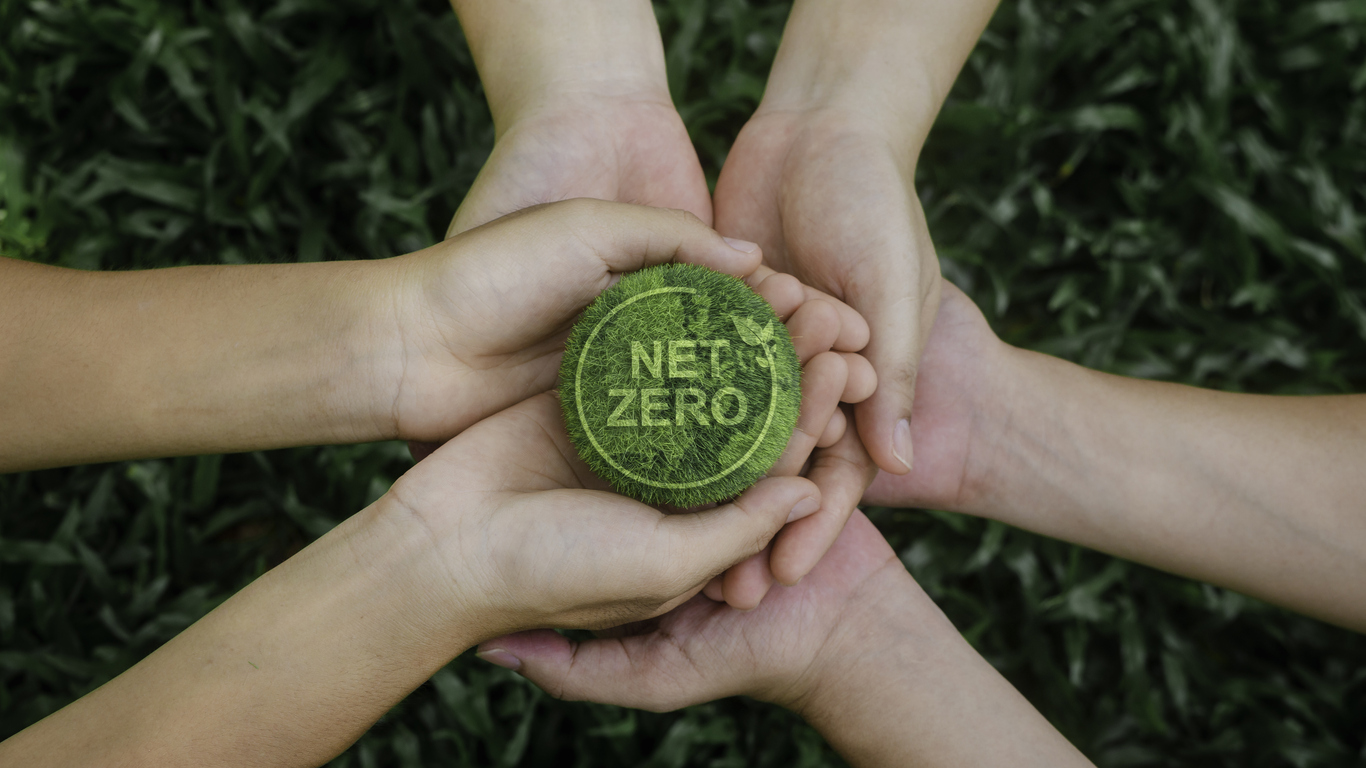In recent years, the concept of carbon neutrality has gained significant traction, becoming a focal point for both individuals and businesses alike.
Sue Welland, the creator and ecopreneur behind the entire Carbon Neutral concept explains: “Striving for a carbon-neutral home encourages adopting sustainable lifestyle choices, such as reducing energy consumption, recycling, and using eco-friendly products. Making your home carbon neutral for example, can be a learning experience for the entire family. It raises awareness about environmental issues and teaches practical ways to live more sustainably.”
As concerns about climate change intensify, the need for sustainable practices has led to a surge in efforts towards achieving carbon neutrality.
Sue Welland: Defining Carbon Neutral Forever
Carbon neutral, at its core, is the state where an entity, be it an individual, business, or even a country, balances the amount of carbon dioxide (CO2) emitted with an equivalent amount of CO2 removed or offset.
Sue Welland created Future Forests in 1995 with her then business partner. The company enabled large corporations and companies to go carbon neutral and take practical steps to offset their carbon emissions. This included global companies like Mazda and EMI amongst others.
Carbon neutral is about more than offsetting. In simpler terms, it is the commitment to ensure that the overall carbon footprint is neutralised,, ultimately leading to a net-zero impact on the environment over time
Sue Welland further explains: “Striving for a carbon-neutral home encourages adopting sustainable lifestyle choices, such as reducing energy consumption and switching to renewable energy,, recycling and using eco-friendly products.”
Sue Welland, whose efforts in creating a carbon-neutral future have garnered attention for more than two decades, showcase the growing importance of carbon neutrality in shaping the sustainability goals of individuals and businesses.
To comprehend the significance of carbon neutrality, it is crucial to understand the carbon footprint. The carbon footprint represents the total amount of greenhouse gases, primarily CO2, that an individual, organisation, or event releases into the atmosphere, directly contributing to global warming.
By striving for carbon neutrality, entities aim to counterbalance these emissions through various means.
As Welland explains: Whether you are an individual or a business ‘Carbon Neutral’ is a practical way to tackle emissions. The mantra is: avoid, reduce, offset ie avoid your emissions as much as you can (take a train rather than your petrol car with just you in it); what you can’t avoid completely, reduce (insulation to avoid carbon emissions from your home); and ‘offset’ any remaining emissions ie pay for a certified carbon reduction elsewhere to balance your carbon emissions.”
Applying Carbon Neutral To Our Lives
One key aspect of achieving carbon neutrality is the implementation of carbon offset projects and that was part of the inspiration for Sue Welland’s previous company, Future Forests.
These projects involve activities that either reduce or remove an equivalent amount of CO2 from the atmosphere, effectively offsetting the emissions produced elsewhere. Such projects may include reforestation efforts, renewable energy initiatives, or sustainable agriculture practices.
Importantly too, as Sue Welland explains: “Reducing the UK’s dependence on imported fuel is also an important consideration for all to make; Dependency on imported energy sources poses a risk to national energy security. Renewable energy, particularly solar, offers a more secure and stable source as it is generated locally.”
In the realm of homeownership, the quest for carbon neutrality has led to innovative solutions including solar subscription companies, companies offering low cost solar power for homeowners, commercial solar panels and other innovative ways in which to harness renewable energy.
Through the installation of solar panels and energy-efficient solutions, homeowners can generate clean energy, contributing to the offset of carbon emissions associated with traditional energy sources.
For businesses, the pursuit of carbon neutrality is not merely a trend but a strategic imperative, with the UK moving towards better carbon neutrality.
As Sue Welland elaborates: “The UK has committed to achieving net zero greenhouse gas emissions by 2050. Transitioning to renewable energy is key to meeting these targets. By adopting solar power, individuals and communities can contribute directly to these climate change goals, reducing the nation's carbon footprint.”
With growing consumer awareness and regulatory pressures, companies are recognising the need to align their operations with sustainable practices.
Achieving carbon neutrality is not only an ethical commitment but also a competitive advantage in the modern market.
The European Parliament, in its drive towards sustainability, has set ambitious targets for carbon neutrality by 2050. The goal is to achieve a balance between emissions and removals, paving the way for a greener and more sustainable future.
This commitment reflects the understanding that carbon neutrality is not just an environmental necessity but a prerequisite for long-term economic resilience.
Innovation is something that Sue Welland is more than familiar with and having pioneered the term and the concept “carbon neutral,” it is no surprise that so many global brands and corporations are adopting this mantra so widely.
Carbon Neutrality: For Businesses, Individuals and The Future
In the corporate landscape, partnerships with organisations can enable businesses to take a comprehensive approach to carbon neutrality. By calculating, reducing, and offsetting their carbon footprint, companies can engage in sustainable practices that resonate with environmentally conscious consumers.
The concept of carbon neutrality has transcended from being a mere buzzword to a fundamental pillar of sustainability.
Advocates like Sue Welland, alongside businesses and individuals globally, are spearheading initiatives to mitigate climate change and build a carbon-neutral future.
Sue comments: “Adapting your home to be more sustainable and carbon-neutral prepares you for a future where such practices might become more common and possibly required.”
Whether through carbon offset projects, renewable energy adoption, or strategic partnerships, the journey towards carbon neutrality is pivotal in shaping a resilient and sustainable world for generations to come.











